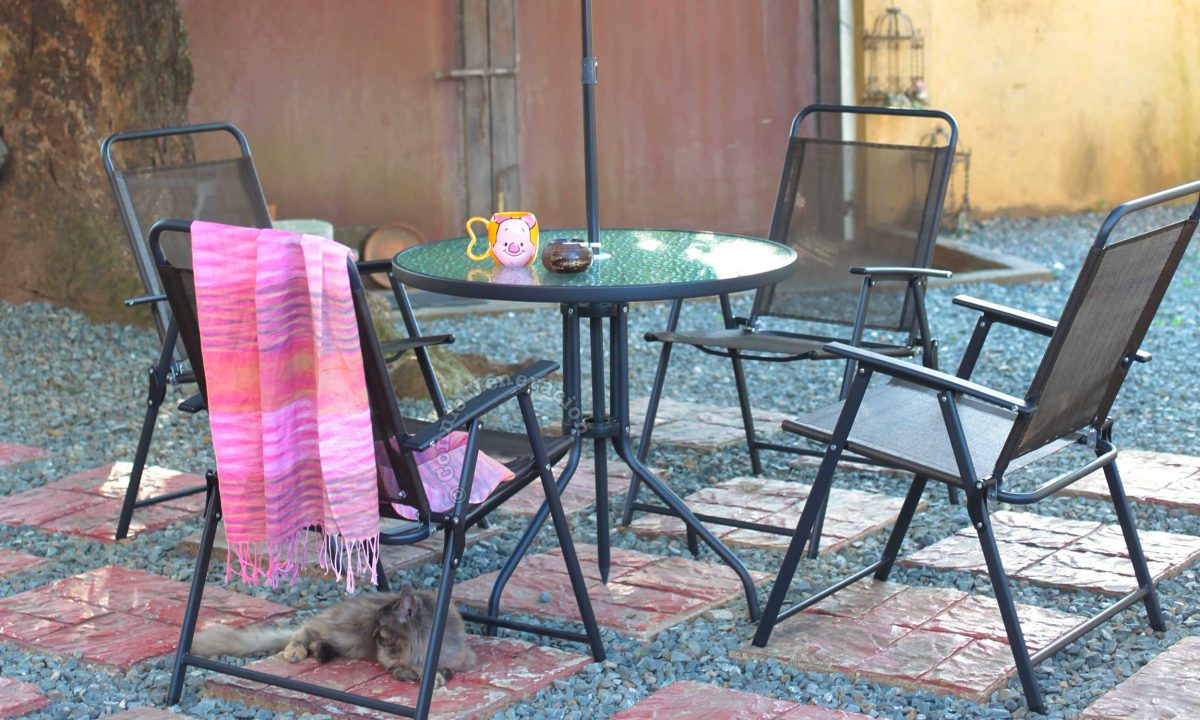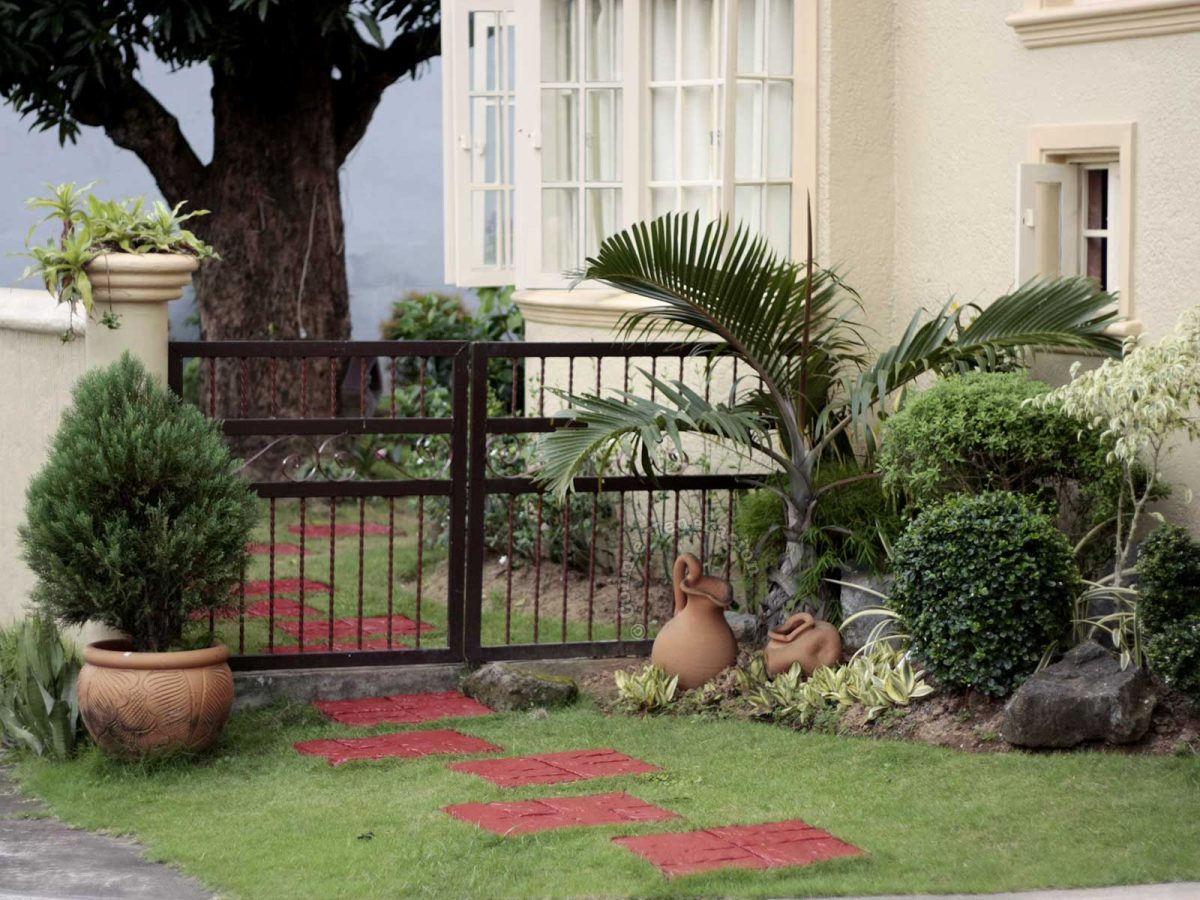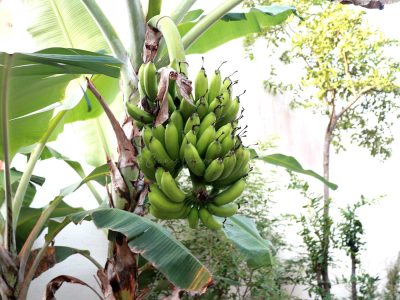When we bought this house in 2008, we bought the adjacent lot for a garden. We plant and grow herbs and vegetables and we needed space for that, so…
The empty lot had been transformed to a landscaped garden by the seller and we weren’t really planning on overhauling anything. But there was a portion of the garden where the ground was lower than the rest because the soil had been dug to provide extra parking space. As a result, that portion of the garden, originally part of the lawn, was sans grass.
The trouble with bluegrass
Well, we weren’t parking any car in the garden so we went about leveling the area and planting bluegrass. But, shucks, the bluegrass grew oh, so slowly, and the only way I could describe the texture was to liken it to the thinning hair of an aging man who is on the verge of turning bald. Nothing personal against bald and balding readers.
I went to some garden landscapers and, as I feared, they didn’t give me too many options. Apparently garden landscapers in the Philippines offer only three kinds of lawn grass — carabao grass, Bermuda grass and bluegrass.
No, not Bermuda nor carabao grass either
I hate Bermuda grass because the blades are stiff and spiky and I like sitting on the grass so it’s not an option.
Carabao grass is soft, propagates fast but the irony is that when we had carabao grass in the old house, I wanted to replace it with bluegrass. Why? Because we have pets. If cat or dog poop gets on carabao grass, it’s hard to find and scoop up. In fact, when something smelled, it was like hide-and-seek. With grass with thinner blades, like bluegrass, finding the smelly culprit won’t be as difficult.
So I wanted to replace the carabao grass with bluegrass. We never got around replacing the grass there because we sold that house and moved.
Gravel garden interlude
And in the new house was the garden with bluegrass. I hated it but we did nothing about it until, in 2016, my husband decided to replace the grass with gravel. A gravel garden. Why not?

Toward the end of 2020, we decided to get rid of the gravel and replant grass. Our older daughter, Sam, never liked the gravel. Our beagle, Penny, didn’t either (I guess the gravel was too sharp and rough to walk on). Besides, a gravel garden seems to generate more heat than one planted with grass. And, with such punishing tropical summer temperatures, we’re raring to get rid of the gravel.
So, having learned in the past that garden landscapers only have carabao, Bermuda and bluegrass, what are we going to plant in the garden this time?
The search for zoysia grass
The funny thing is that what landscapers refer to as bluegrass might not even be real bluegrass (real bluegrass only grows in cold climate) butany of several varietiesofzoysia grass. And there is a species of zoysia grass — the kind used on golf courses — that makes a beautiful green carpet but can take a lot of foot traffic.
So, it’s going to be zoysia grass this time. It’s either that or plant jute. That’s “grass” too.
Updated from two posts originally published in November 7, 2008 and December 22, 2016







